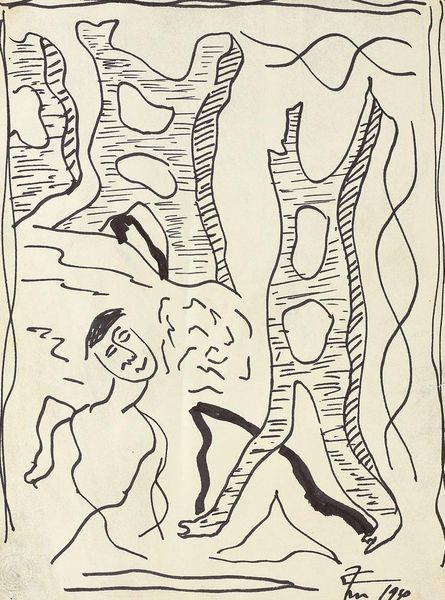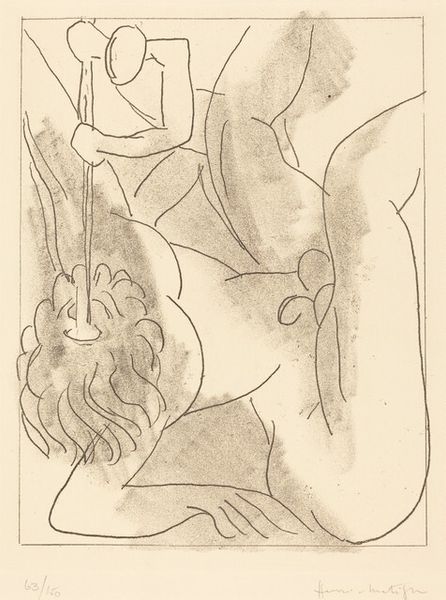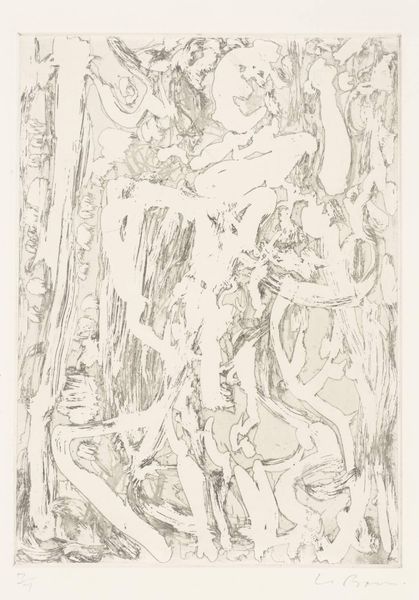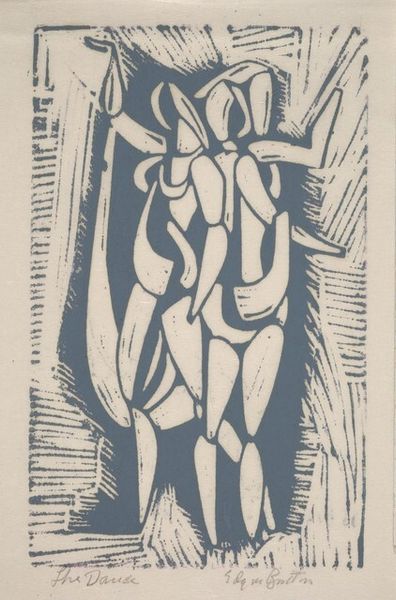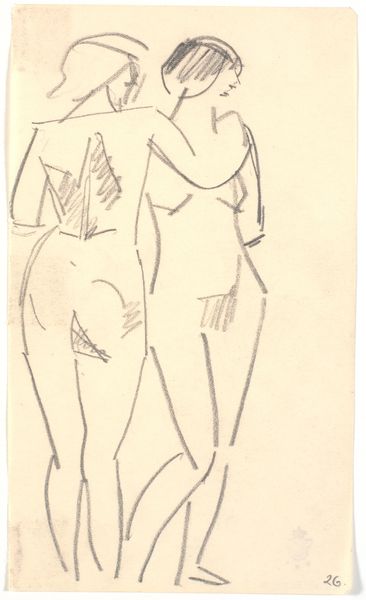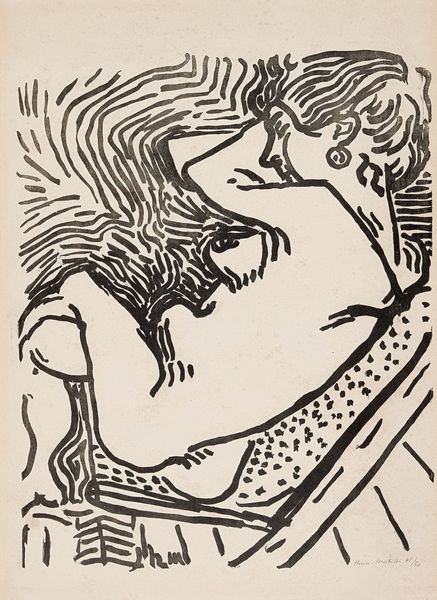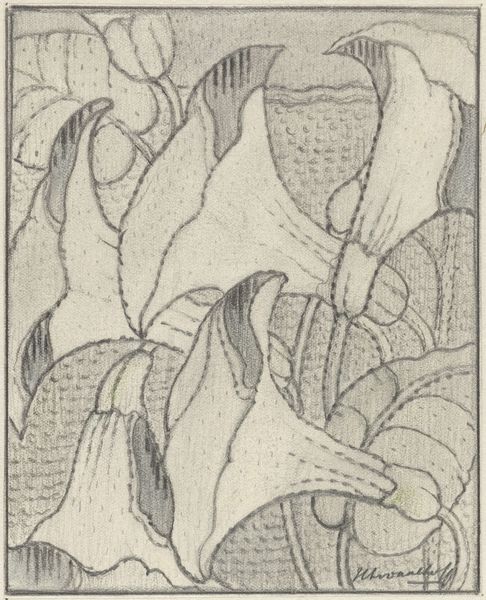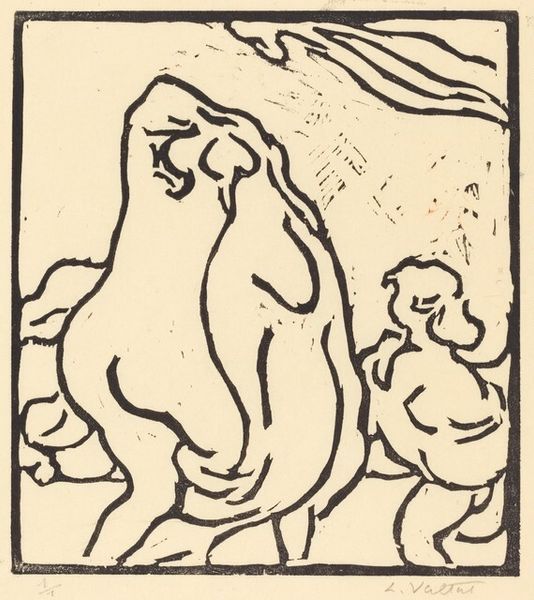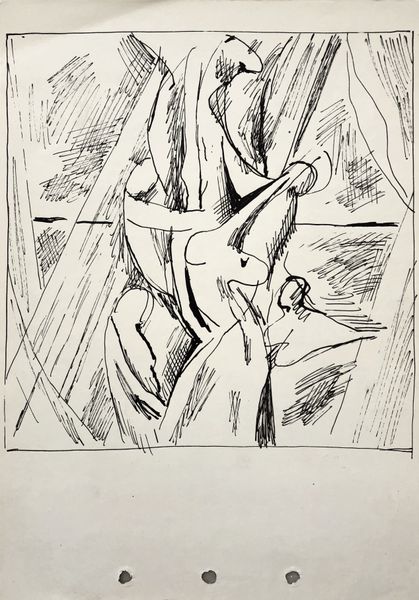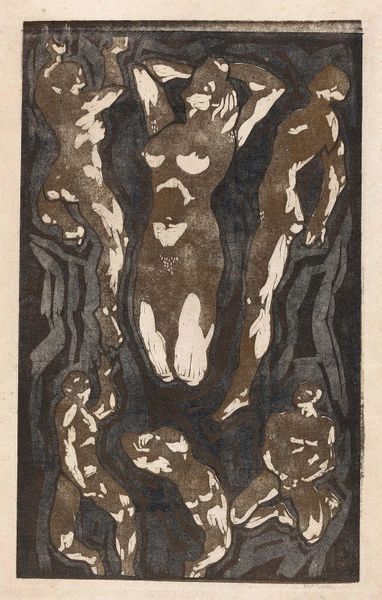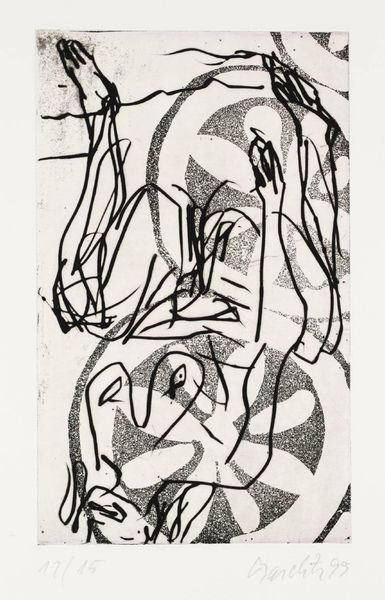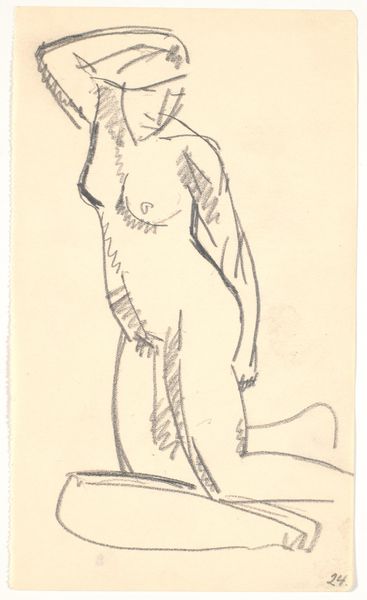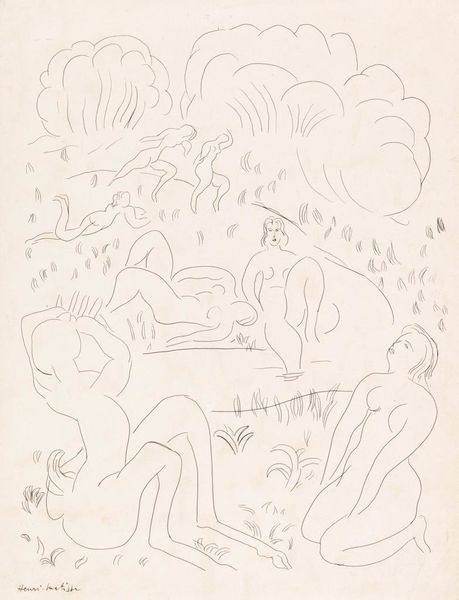
#
comic strip sketch
#
mechanical pen drawing
# print
#
pen illustration
#
pen sketch
#
junji ito style
#
ink line art
#
linework heavy
#
ink drawing experimentation
#
pen-ink sketch
#
pen work
Copyright: National Gallery of Art: CC0 1.0
Henri Matisse made this lithograph, Nausicaa, using a printing process that emphasizes line and tone. Lithography, unlike etching or engraving, relies on the chemical repulsion between grease and water. The artist draws directly on a stone or metal plate with a greasy crayon or ink. Matisse's use of lithography allowed for a remarkable economy of means, focusing on the essential forms of the figures. Look closely at the subtle gradations of tone, achieved by varying the pressure and density of the crayon strokes. Notice the textures suggesting volume and light across the bodies of the figures and the landscape. Lithography emerged in the 19th century as a relatively affordable method for producing multiple original prints. Matisse’s choice of this medium connects him to a broader history of printmaking, where technical innovation democratized artistic expression, making it accessible to a wider audience. By understanding the material and the making, we appreciate the radical way Matisse challenges traditional distinctions between drawing and printmaking.
Comments
No comments
Be the first to comment and join the conversation on the ultimate creative platform.
